What are the sample expository essays on a cultural event or activity for 6th-grade students in Vietnam? What are the 03 eligibility requirements for 6th-grade students in Vietnam to advance to the next grade?
What are the sample expository essays on a cultural event or activity for 6th-grade students in Vietnam?
Students can refer to the sample explanatory essays on a cultural event or activity
Sample 1: Exposition on the Mid-Autumn Festival
| The Mid-Autumn Festival, also known as Tet Trung Thu, is one of the special traditional holidays of the Vietnamese people, celebrated annually on the full moon of the 8th lunar month. This occasion allows children to enjoy games, lantern parades, and feasts, receiving care and attention from adults. The Mid-Autumn Festival is not only for children but also a time for families to gather, remember ancestors, express gratitude, and wish for everyone's health and well-being. The festival originates from the longstanding beliefs of the Vietnamese, associated with the image of the full moon in the 8th month. On the night of the full moon, under a clear sky and bright moonlight, people often prepare a tray of offerings for the moon, light lanterns, and present fruits and cakes to give thanks to heaven and earth. Particularly during this festival, children receive colorful lanterns from adults, usually made from paper and bamboo, which are very eye-catching. They parade with lanterns and participate in traditional games such as lion dances and cake feasts with mooncakes, soft cakes, and baked cakes. The Mid-Autumn Festival is a time for families to show love and care for children, often manifested in purchasing sweet mooncakes, lanterns, or even organizing small joyful parties for them. The Mid-Autumn Festival, with its rich cultural traditions, is not only a playtime for children but also an opportunity for family members to bond. It is a traditional cultural mark, a chance for people to express their love for their homeland, family feelings, and community ties. |
Sample 2: Exposition on the Tet Holiday
| Tet Holiday, also known as Tet Nguyen Dan, is the most important festival of the year for Vietnamese people. Tet Holiday marks the beginning of a new year according to the lunar calendar and is an occasion for family reunions, recalling origins and ancestors. It offers everyone the opportunity to pause from work, gather with loved ones, and wish for a peaceful, lucky, and happy new year. Tet is celebrated on the first day of the lunar year, typically at the end of January or the start of February. Vietnamese people prepare for Tet thoroughly, involving tasks such as cleaning up homes, shopping for ancestral offerings, making banh chung, banh tet, and especially buying fresh fruits and flowers to decorate the house. The Tet feast always features traditional dishes such as banh chung, banh tet, pickled onions, chicken, and a five-fruit platter. Besides offering rituals, Tet is a time when families gather. Traditional activities include 'xong dat' (first visitor), giving lucky money to children, and visiting grandparents, friends, and relatives. Particularly, during the early days of the year, people refrain from working and focus on resting, playing, and exchanging good wishes. Tet Holiday is a time to slow down, reflect on the values of family affection, homeland love, and filial piety towards ancestors. Each time Tet arrives, the family and community atmosphere brings warmth, preserving and promoting the fine traditional values of the Vietnamese nation. |
Sample 3: Exposition on the Giong Festival
| The Giong Festival is one of the unique and outstanding festivals in Vietnam's folk culture, held annually at the Phu Dong Temple in Gia Lam, Hanoi. This festival commemorates and honors the hero Giong, who helped the people to drive out invaders. The Giong Festival is not only a unique cultural event but also an occasion to revisit the nation's heroic history. The Giong Festival is held annually on the 9th of the 4th lunar month. It is an opportunity for people and visitors from all over to participate in activities and rituals honoring the hero Giong. The festival begins with an incense offering ceremony at the Phu Dong Temple, dedicated to the hero. Then, traditional rituals including processions, lion dances, and re-enactments of Giong's legendary battle against invaders take place. The Giong Festival not only honors a national hero but also provides later generations with insight into patriotism and the spirit of defending the nation. The Giong Festival, despite thousands of years, retains its values, being not only a traditional festival but also a valuable lesson in patriotism, bravery, and indomitable will. It remains an integral part of the spiritual culture of the Vietnamese people. |
Sample 4: Exposition on the Do Son Buffalo Fighting Festival
| The Do Son Buffalo Fighting Festival is one of the unique and distinctive festivals of the people of Hai Phong, held on the 9th of the 8th lunar month every year. This traditional festival not only vividly portrays cultural identity but also expresses the connection between people and nature and close animals. It has become an indispensable part of the cultural life of the coastal Do Son residents. The festival is organized in Do Son, Hai Phong, attracting thousands of tourists each year. During the festival, buffaloes participate in dramatic fights, showcasing the strength and vigor of the animals. Participating buffaloes are thoroughly trained and specially cared for. Before each match, rituals are conducted to pray for a smooth contest and victory for the buffaloes. Besides the buffalo fighting contests, the festival also includes other cultural activities such as parades, lion dances, and traditional folk games. The Do Son Buffalo Fighting Festival not only brings joy to the people but also helps maintain and promote traditional cultural values. This festival is a perfect blend of folk culture and traditional activities, helping preserve and promote the cultural identity of the nation. Despite the passage of time, it continues to maintain its value and appeal to everyone, becoming an attractive destination for both domestic and international tourists. |
Sample 5: Exposition on the Hoa Ban Festival
| The Hoa Ban Festival is a special cultural event of the people of the Northwest, held in spring when the hoa ban flowers bloom white across mountains and valleys. This festival not only exemplifies a love for nature but is also an occasion for the ethnic communities of the Northwest to express gratitude to Mother Earth and honor traditional cultural beauty. The Hoa Ban Festival is associated with profound spiritual values, reflecting the unity among ethnic groups within the community. The festival occurs in early spring, typically in March of the lunar calendar, when hoa ban flowers are in full bloom across the mountains of Dien Bien. This flower is rich in Northwest identity, symbolizing purity, clarity, and a love for nature shared by the local people. Each year, as hoa ban begins to blossom, villages eagerly prepare for the biggest festival of the year. The festive atmosphere pervades everywhere, from the villages to the city of Dien Bien Phu. The Hoa Ban Festival is not only a time for people to celebrate spring but also an opportunity for each ethnic community to express gratitude to ancestors and nature. Cultural and artistic activities, such as bamboo dancing, Then singing, Pí A singing, and ethnic costume contests, are actively organized. Traditional dances of the Thai, Hmong, Tay, and Kho Mu people not only enliven the atmosphere but also depict a love for nature and the land they inhabit. Besides cultural and artistic performances, the festival also features folk games like tug-of-war, crossbow shooting, pole climbing, campfire contests, and hiking across terraced fields and vast forests of white hoa ban. Particularly, there is a traditional costume contest where girls wear their most beautiful traditional outfits, showing off amidst the hoa ban woods, creating a mystical and poetic space. These images are not only visually pleasing but deeply embedded with the distinctive cultural values of the local ethnic communities. The Hoa Ban Festival is also an occasion for the unique cultural products of the Northwest ethnic groups to be introduced and sold. From signature dishes like bamboo-cooked rice, grilled chicken, and five-colored sticky rice, to handicraft products such as brocade, wooden items, and intricate brocade hats, all are available at festival stalls. This is an opportunity for domestic and international tourists to explore and enjoy the specialty products of the Northwest region. The Hoa Ban Festival is not only an occasion for the Northwest people to interact and share their cultural values but also a chance for younger generations to embrace and preserve their traditional beauty. Every spring when hoa ban blooms, the Hoa Ban Festival takes place brilliantly, bringing abundant emotions and pride to the entire community over this land. The festival is not only a cultural hallmark of Dien Bien but also a pride for the entire Vietnamese nation, contributing to affirming the diversity and richness of Vietnam's folk culture. |
*Note: Information is for reference only./.
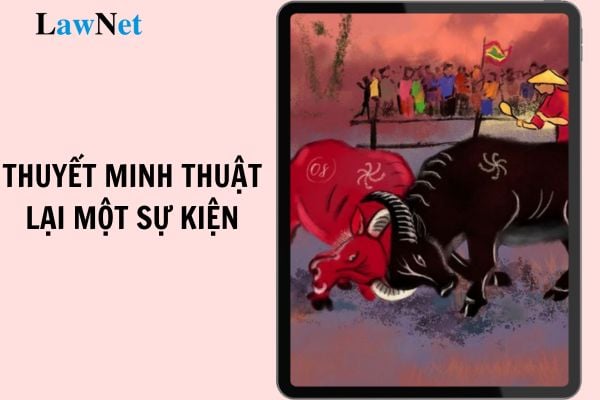
What are the sample expository essays on a cultural event or activity for 6th-grade students in Vietnam? What are the 03 eligibility requirements for 6th-grade students in Vietnam to advance to the next grade? (Image from the Internet)
What are the 03 eligibility requirements for 6th-grade students in Vietnam to advance to the next grade?
According to the provisions of Clause 1, Article 12 Circular 22/2021/TT-BGDDT, the eligibility requirements for 6th-grade students in Vietnam to advance to the next grade are as follows:
- Training results of the entire school year are Qualified or higher.
- Learning results of the entire school year are Qualified or higher.
- Number of days leave does not exceed 45 half-days (calculated according to education plans which is 1 half-day for every day under formal education plan, including permitted leave, unpermitted leave, continuous leave, and intermittent leave).
When must 6th-grade students in Vietnam undergo training during the summer break?
Under Article 13 of Circular 22/2021/TT-BGDDT, lower secondary school students must undergo training during the summer break in the following cases:
Training during summer break
1. A student with Unqualified training results for the whole school year must undergo training during summer break.
2. Forms of training during summer break shall be decided by principals.
3. Based on forms of training during summer break, class advisors shall assign summer training tasks to students and inform students’ parents. At the end of the summer, if training tasks are considered completed by class advisors (reports on training progress and results must be produced and bear signatures of students' parents), class advisors shall request principals to conduct re-assessment of training results of the entire school year of students. Re-assessment results shall be used in place of training results of the entire school year which are used for considering grade advancement under Article 12 hereof.
Thus, under the above regulations, 6th-grade students with Unqualified training results for the whole school year must undergo training during summer break.
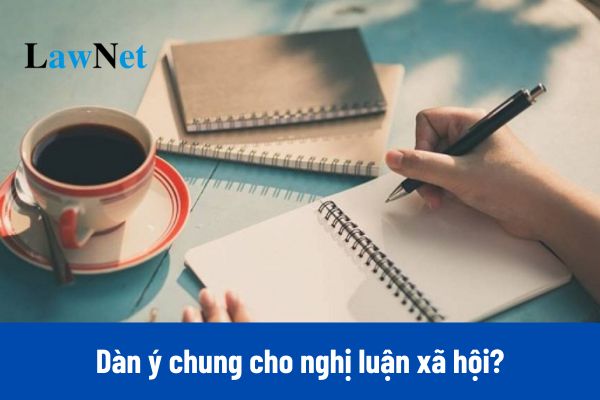
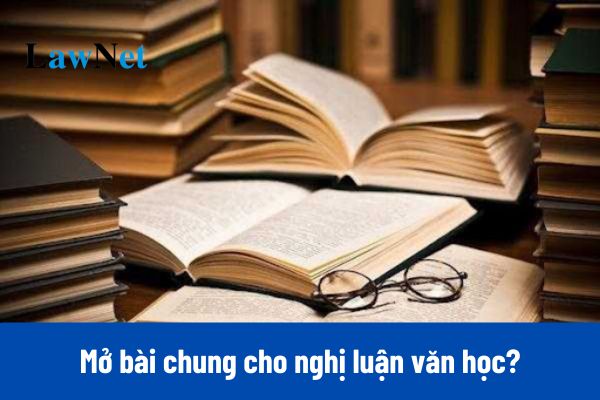
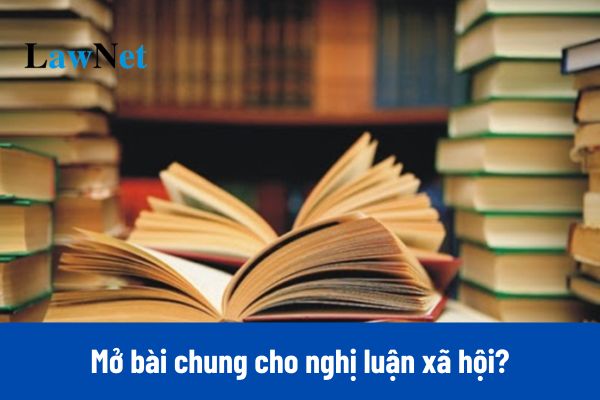
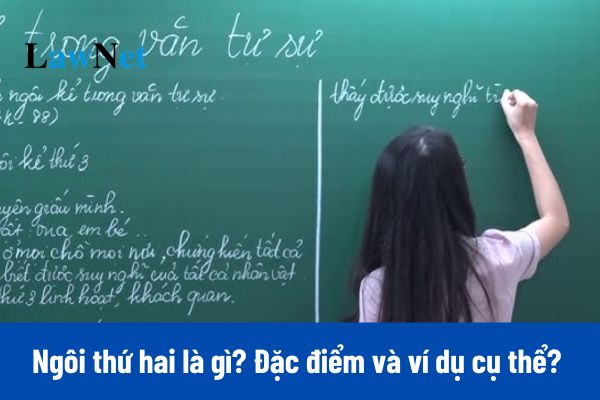
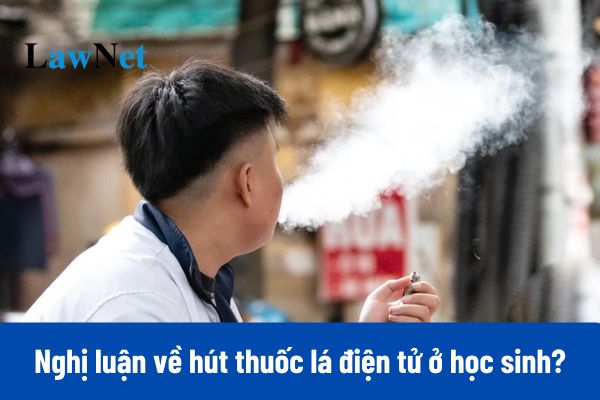
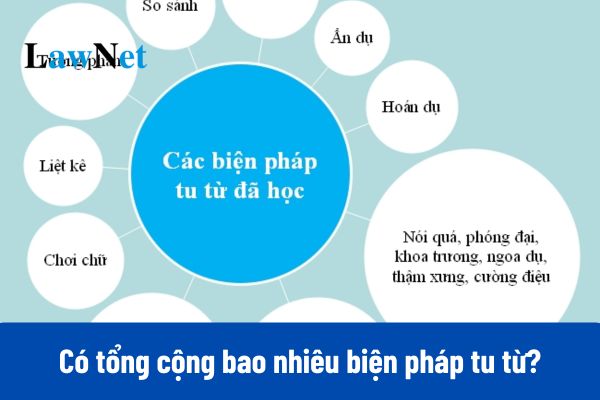
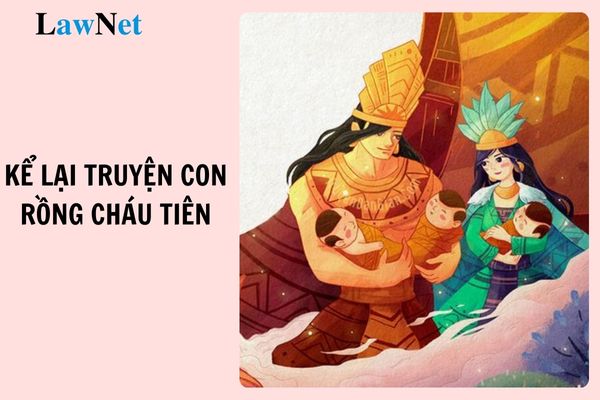
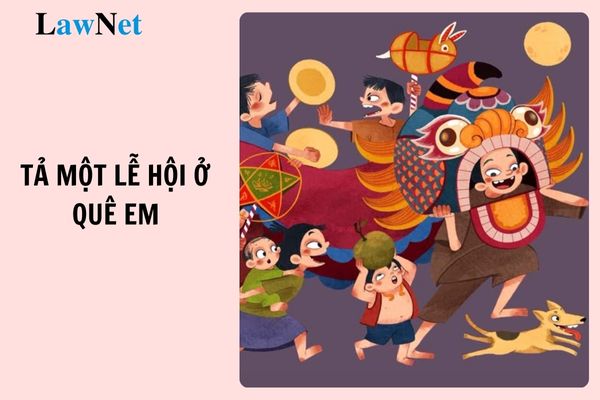

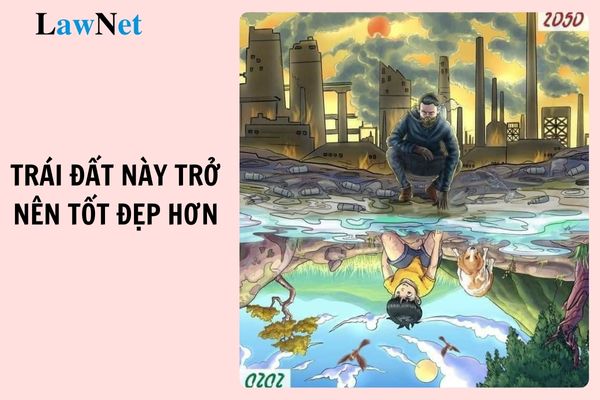
- Outline of a Social Argumentative Essay on an Issue that Needs Solving: Overcoming Stress and Pressure in Learning (Latest)
- What are the sample high-scoring argumentative essays on the saying: "Talented and moral people are the core of the nation"? What are the required outcomes regarding the self-learning capacity for 12th-grade students in Vietnam?
- What are the answers to the "Learn about Law on Road Traffic Order and Safety 2024" contest of Vinh Phuc Province? Will the training results of students committing violations against traffic regulations in Vietnam be lowered?
- What is the list of 14 Ministries and 03 Ministerial agencies in Vietnam according to Resolution 176/2025/QH15?
- Vietnam: What are the 03+ sample articles expressing feelings on the 50th anniversary of Southern Liberation and National Reunification Day?
- What is the sample analysis essay on the poem "Spring Day" by poet Anh Tho for 9th-grade students in Vietnam? What are the duties of 9th-grade students in Vietnam?
- What are the 10+ sample 400-word argumentative essays on a life matter of your interest for 7th-grade students in Vietnam?
- What are the 07+ sample analysis essays on a favorite story for 8th-grade students in Vietnam? What are the required outcomes regarding speaking and listening skills in the 8th-grade Literature curriculum in Vietnam?
- What is the full text of Conclusion 126 of the Politburo of Vietnam in 2025 on streamlining the organizational apparatus of the political system? What are the current principles for training in political theory?
- What are the 2nd mid-semester question papers and answers for 8th-grade Mathematics in 2025? What are practical and experiential activities in the 8th-grade Mathematics curriculum in Vietnam?

